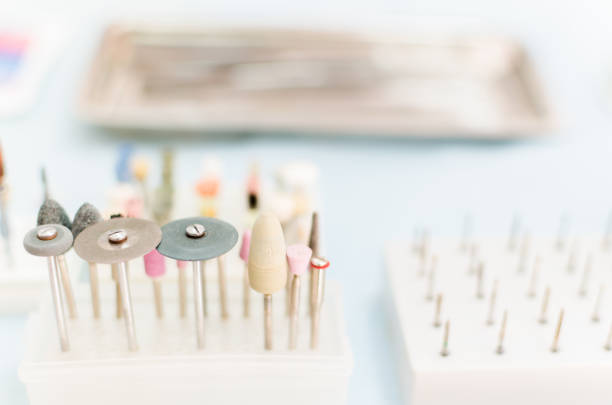Dental abrasive tools are essential for many dental procedures, such as shaping, polishing, and removing tooth decay. There are various types of dental abrasive tools available, each with its own benefits and limitations. In this article, we will explore the different types of dental abrasive tools and their advantages and disadvantages.
Diamond Burs
Diamond burs are one of the most popular dental abrasive tools used by dental professionals. They are known for their durability and precision in cutting and shaping teeth. Diamond burs are available in various sizes and shapes, making them suitable for a wide range of dental procedures. However, one of the limitations of diamond burs is they do have a limited lifespan. Over time, the diamond particles on the bur may wear down or become damaged, reducing their effectiveness.

Carbide Burs
Carbide burs are another popular dental abrasive tool. They are made of tungsten carbide and are known for their high cutting efficiency. Carbide burs are also available in various shapes and sizes, making them versatile in many dental procedures. However, they tend to generate heat when in use, which can be uncomfortable for patients.

Diamond Discs
Diamond discs are dental abrasive tools that are commonly used in finishing and polishing dental restorations. They are available in various grit sizes and shapes, making them suitable for different types of materials. Diamond discs are effective in removing surface stains and polishing dental restorations to a high shine. However, they can be expensive and have a shorter lifespan compared to other abrasive tools.

Silicon Polishers
Silicon polishers are dental abrasive tools that are used for polishing dental restorations, removing surface stains, and smoothing composite materials. They are known for their flexibility and versatility in use. Silicon polishers are also gentle on tooth enamel and do not generate heat during use. However, they tend to wear out quickly and require frequent replacement.

Polishing Cups and Brushes
Polishing cups and brushes are abrasive tools that are used for polishing dental restorations and removing surface stains. They are available in various shapes and sizes, making them suitable for different types of teeth and restorations. Polishing cups and brushes are easy to use and cost-effective. However, they are not as effective in removing deep stains or polishing hard-to-reach areas.

Air Abrasion
Air abrasion is a dental abrasive tool that uses compressed air to remove tooth decay and prepare teeth for restorations. It is a gentle alternative to traditional drilling methods and does not generate heat or vibration. Air abrasion is also less invasive, reducing the need for anesthesia in some cases. However, it is not suitable for all types of dental procedures and may not be as effective in removing deep decay.

Ultrasonic Scalers
Ultrasonic scalers are dental abrasive tools that use high-frequency vibrations to remove tartar and plaque from teeth. They are effective in cleaning hard-to-reach areas and are gentle on tooth enamel. Ultrasonic scalers are also less invasive than traditional scaling methods and require less pressure. However, they tend to generate heat and may cause discomfort in some patients.

Conclusion
In conclusion, dental abrasive tools are essential in many dental procedures. Each type of abrasive tool has its own benefits and limitations, and dental professionals must choose the most appropriate tool for each procedure. Diamond burs and carbide burs are popular choices for cutting and shaping teeth, while diamond discs and silicon polishers are effective in polishing dental restorations. Polishing cups and brushes are cost-effective options for removing surface stains, while air abrasion and ultrasonic scalers are less invasive alternatives to traditional methods. Understanding the advantages and limitations of different dental abrasive tools can help dental professionals provide better care for their patients.



